
The female body is an incredible machine. Similar to the changing of the tide, there is a calculated surge and subsequent reduction of important hormones that are responsible for building muscle, supporting our thyroid, breast tissue and beyond. But do you monitor your training and hormones? Understanding how these fluctuate during the month can be a powerful way to unlock your potential within athletic performance and recovery.
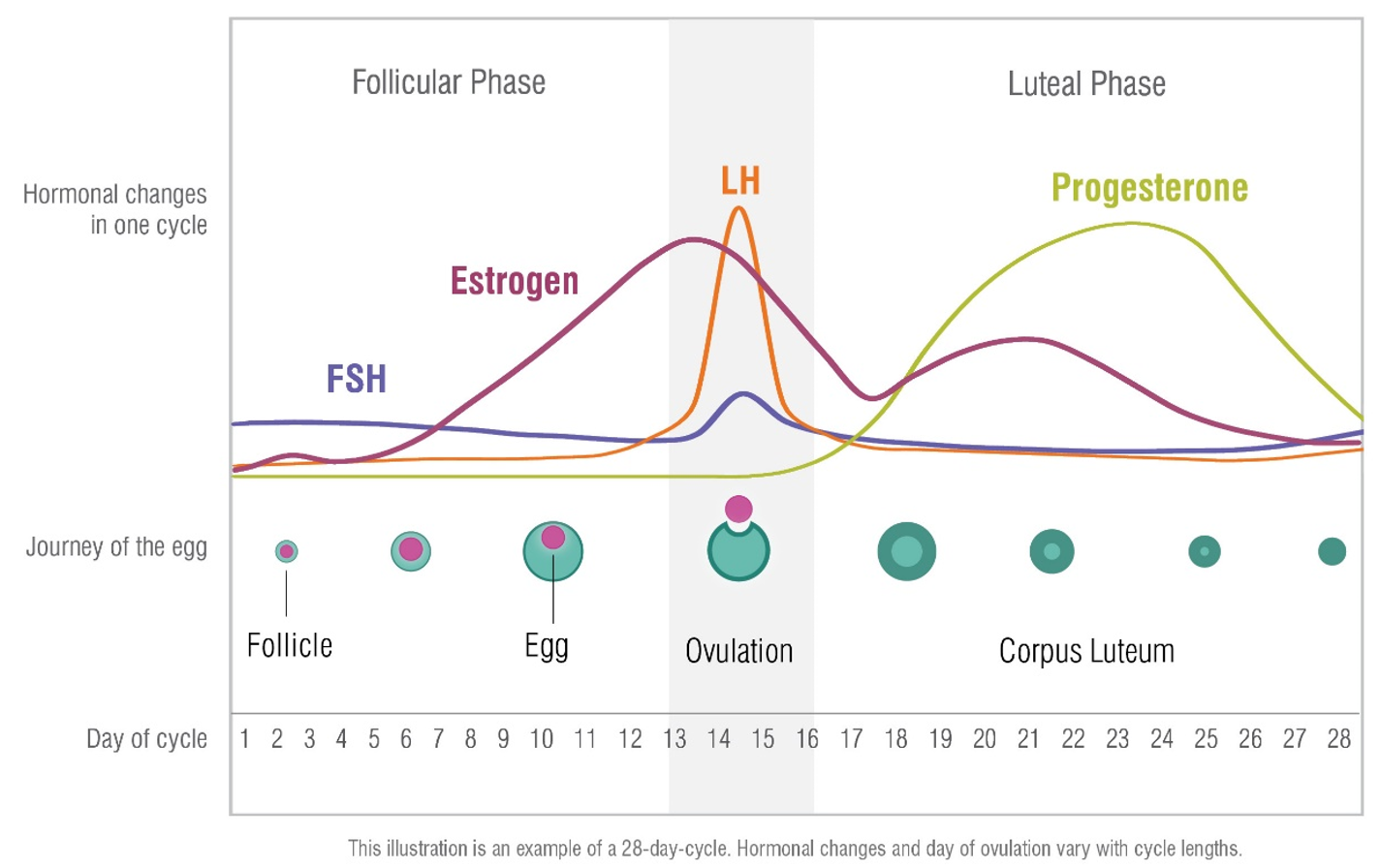
Key Points:
- Discussing the differences between estrogen and progesterone
- Understanding the four main phases of the female menstrual cycle, time spent within each and which hormones are dominant
- Recommendations for types of stimulus during different stages of your cycle
- Key hormone considerations to test for when coming off birth control
Main Hormones:
Estrogen: Highest during Follicular and Ovulatory phase, estrogen is responsible for supporting the system as it prepares for the egg to release.
- Stimulates growth of the egg follicle
- Promotes lubrication and thickness of the vaginal wall
- Maintains mucus secretions that line the uterus
- Forms breast tissue, stops milk production during weaning from breastfeeding
Progesterone: Highest after ovulation, progesterone prepares the uterus for potential fertilization.
- Thickens endometrium to prepare for a fertilized egg to implant
- Reduces uterine contractions to prevent rejection of the egg
What are the Hormone Cycles?
So how does training become affected by hormones?
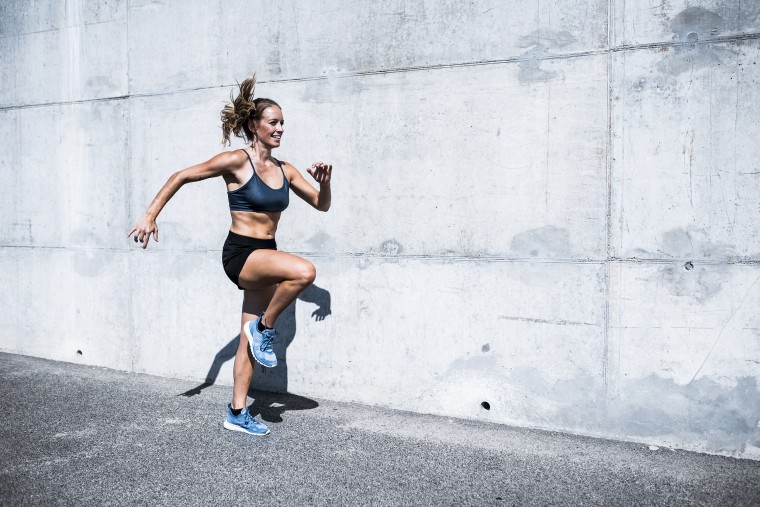
Follicular: Day 1- 13
Considered pre-ovulatory, this phase is where estradiol is made. You may feel strong, alert and aroused. Think of prioritizing sex, increasing exercise intensity and use the high levels of energy to generate focus and organize projects. Research has shown women perform endurance sports better during their follicular phase!
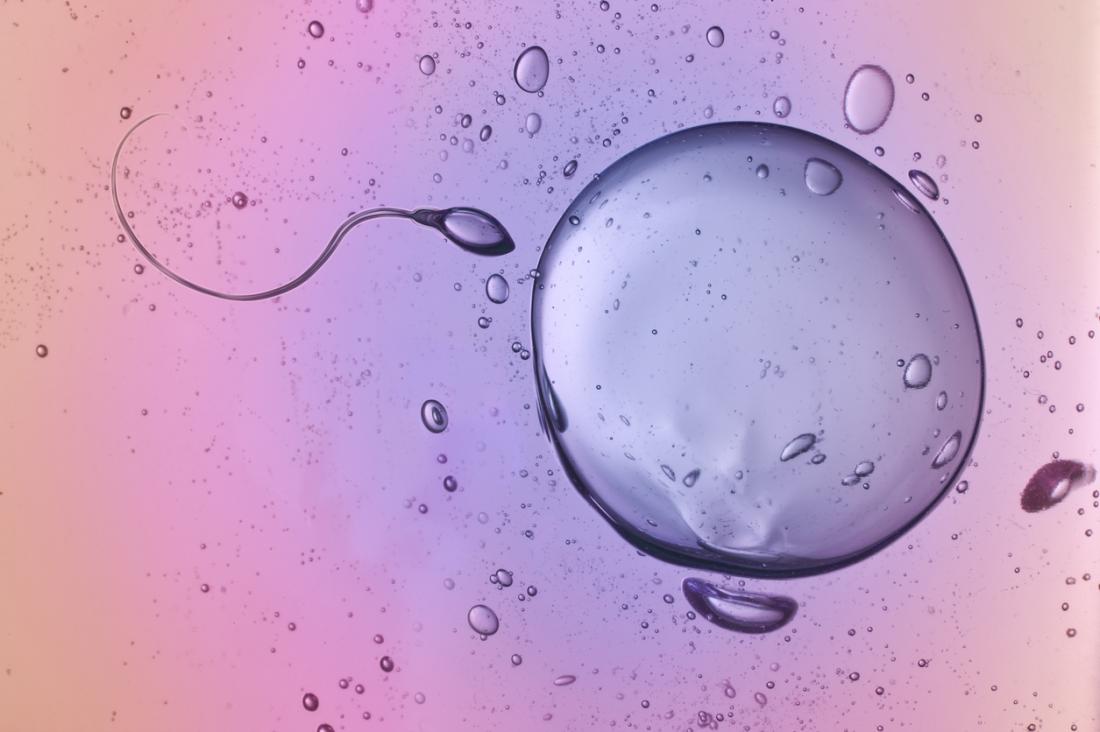
Ovulation: ~ Day 14
Banded dorsiflexion stretch can improve ankle range of motion to take unnecessary stress off your knees.
Luteal: Days 15-24
There is a further increase in progesterone making you feel more relaxed and content. As estrogen decreases, pelvic floor tone also reduces which may make any dysfunction associated with incontinence more prevalent here. Consider reducing intensity and prioritizing recovery as your body prepares for menstruation. There is an increase in your basal energy expenditure during this week so don’t be afraid to eat in a slight surplus to ensure your body is adequately fueled. Weightlifting, yoga and steady-state cardio may be best inserted during this phase.
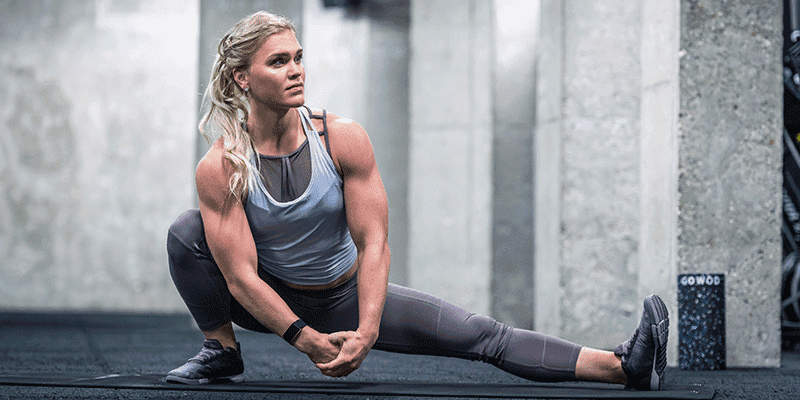
Menstruation:
Days 25- 28 and beyond (depending on normal length of your period)
With both estrogen and progesterone being low, you may generalized fatigue, cramping and bloating from water retention. Exercise can help mitigate symptoms and should be chosen based on your presentation and what feels appropriate to you on that given day.
Exercise Recommendations to Optimize Performance:
Based on your cycle, you can try to optimize training based on hormones!
Follicular & Ovulatory Phase –
- High Intensity Interval Training (HIIT), Crossfit and other modalities that expend a lot of energy over a short period of time.
- Endurance sports, long runs, multi-modal training within same session
Luteal –
- Weightlifting, powerlifting, barre, yoga and steady-state cardio
- You will likely feel STRONGEST mid-luteal cycle given hormonal peaks!
Menstruation-
- Walking, hiking, biking
Birth Control:
If you are currently taking birth control, you are likely anovulatory, or not ovulating. Birth control releases synthetic hormones that prevent the ovaries from releasing egg to therefore prevent pregnancy. Below is a graph of hormone fluctuations in an individual who is taking oral birth control.

You may not experience the changes in training and hormones as discussed earlier in this blog for that reason. Because of this, it is important to monitor hormone health and symptom response as you phase off of contraceptives. Blood tests can act as a report card and provide awareness in any deficiencies and where you may need additional hormones support. Consider drawing labs for estrogen, testosterone, thyroid health as well as cortisol (can be collected via saliva) to get an accurate assessment!
Finally-
There isn’t a right or wrong form of activity as long as you feel as though your body is recovered and ready to perform. Many female athletes do not feel as though their menstrual cycle dampens their ability to push it in the gym, and that is perfectly okay! The overall point of this article to provide insight into monitoring your cycle, hormone health and ability to interpret your recovery. At Onward Denver, we focus on prioritizing each athlete’s goals and understanding how hormones can affect performance and recovery. Have more questions? Schedule an appointment today!
Recent Articles
Achilles Tendonitis: Diagnosis & Treatment
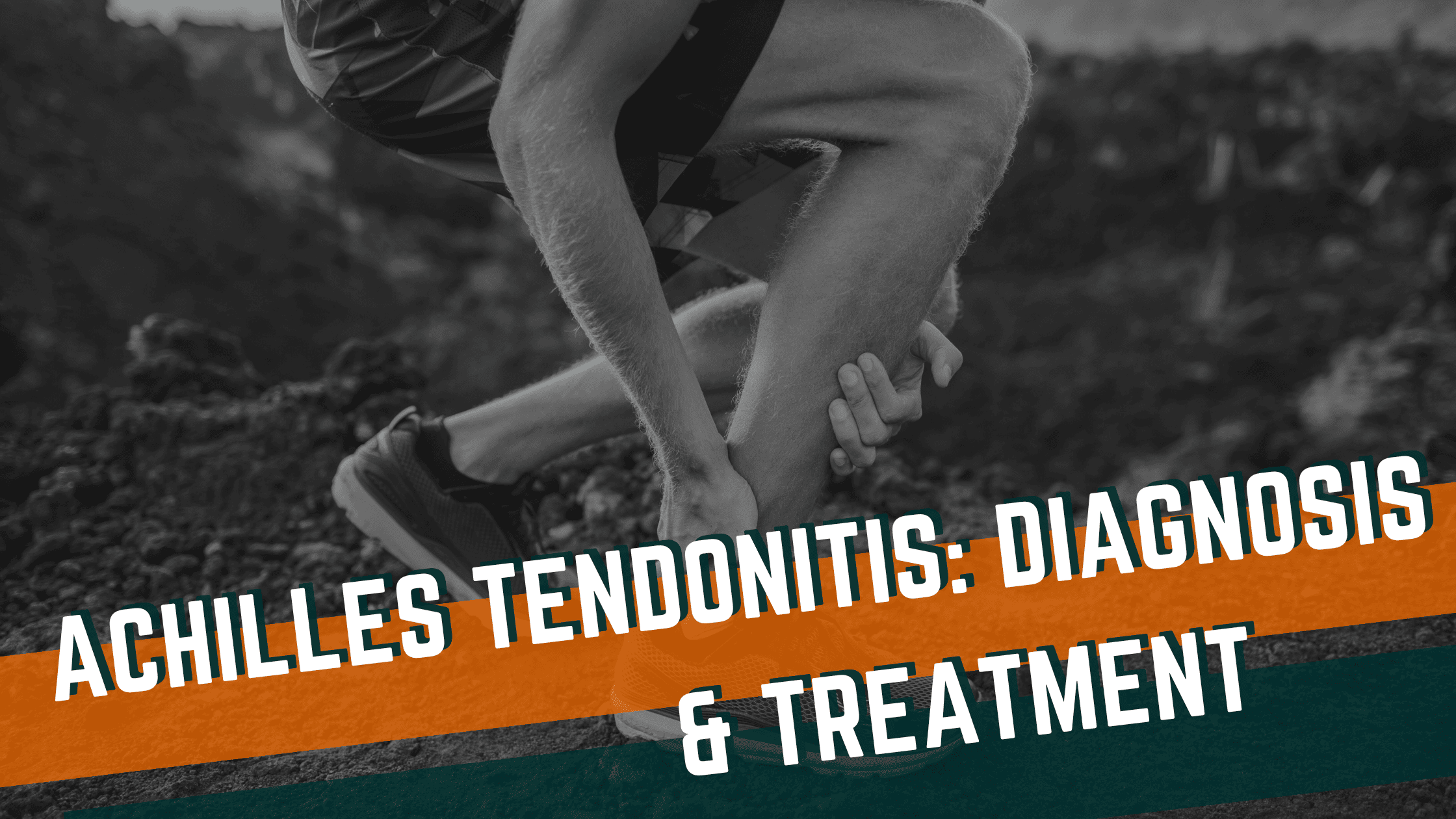
Hip Pain in Runners
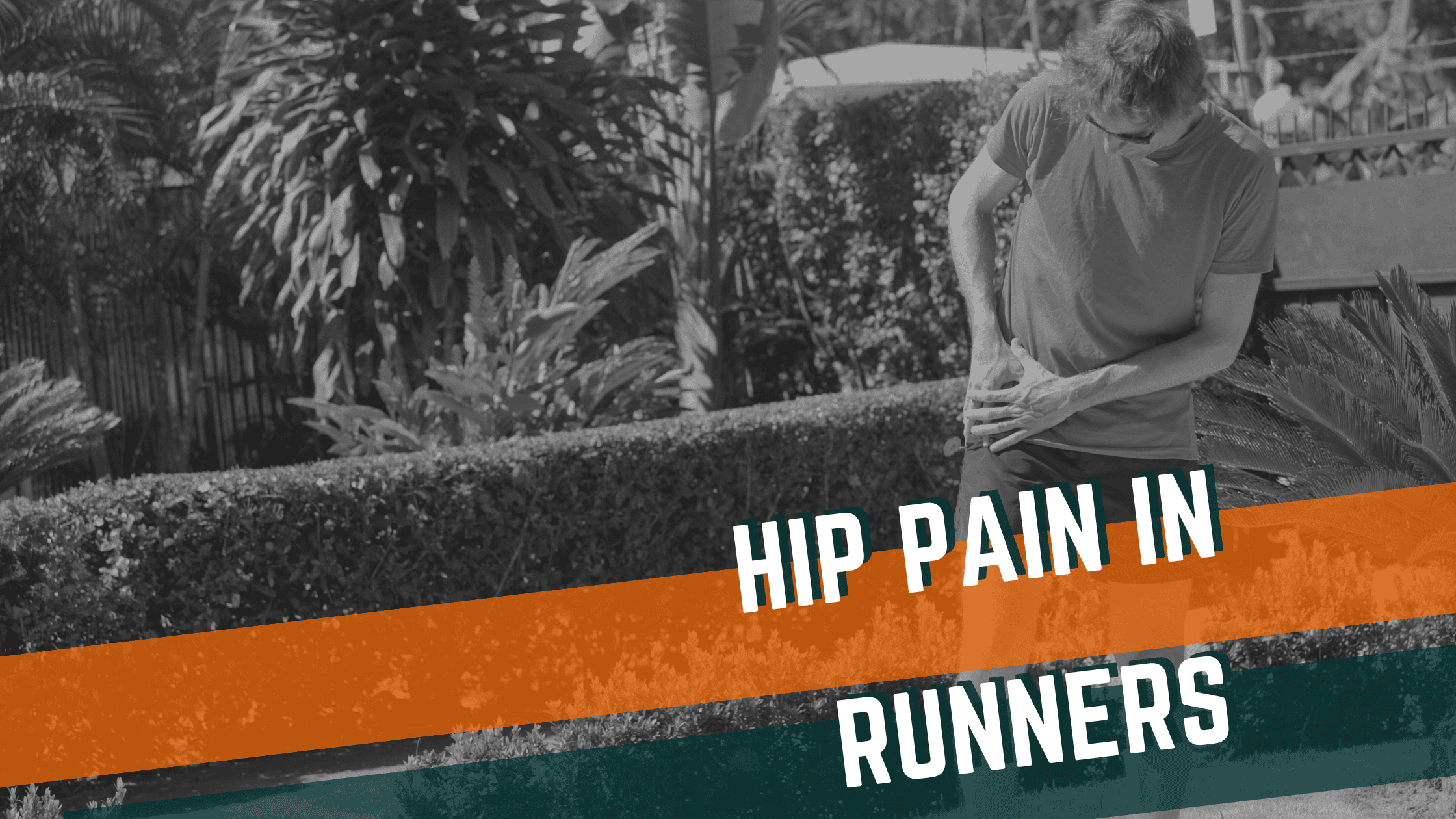
A Guide to Conditions Treated with Dry Needling
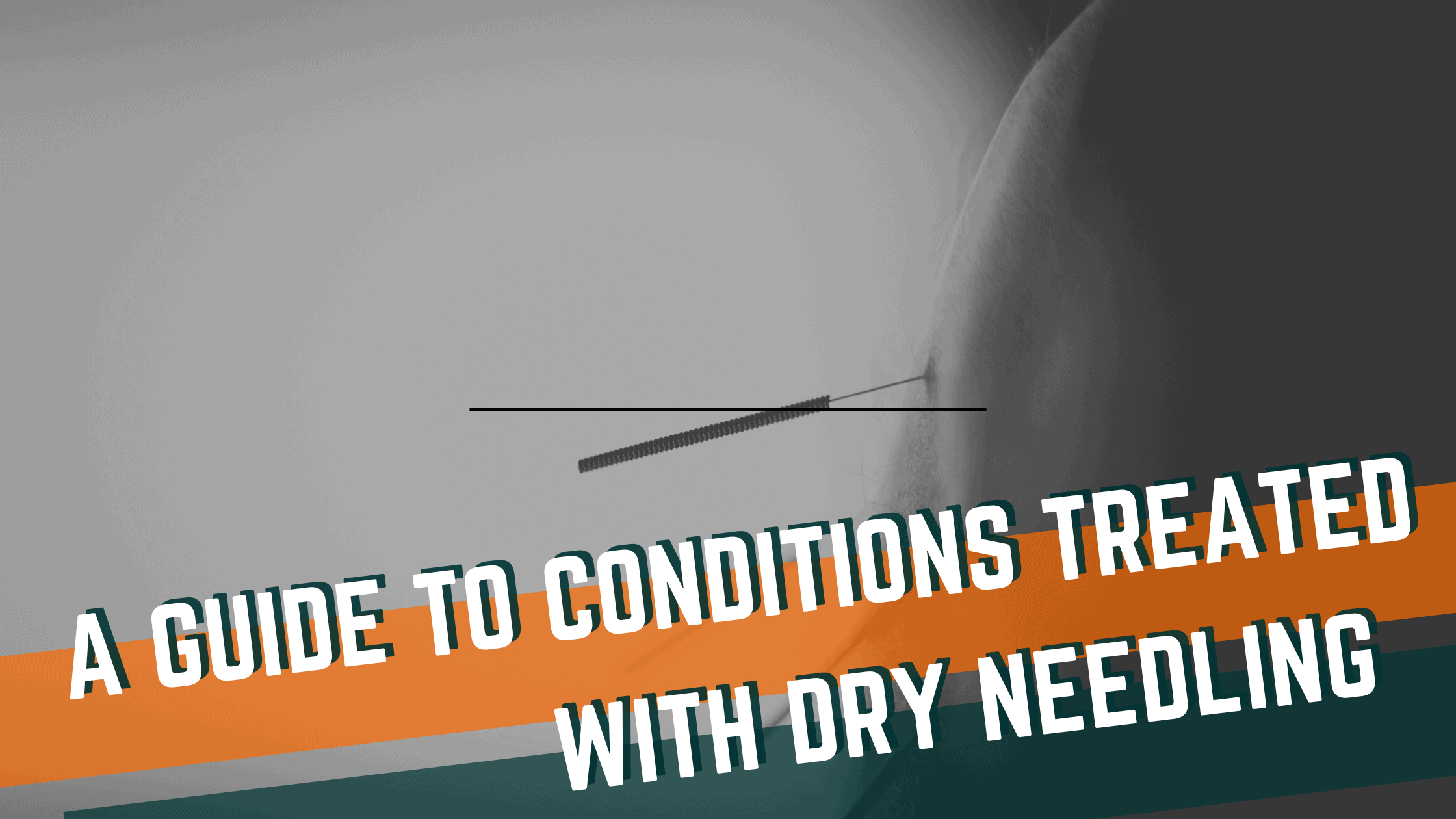
Reconnect to the CORE Postpartum: Pelvic Floor Exercises for Postpartum Healing
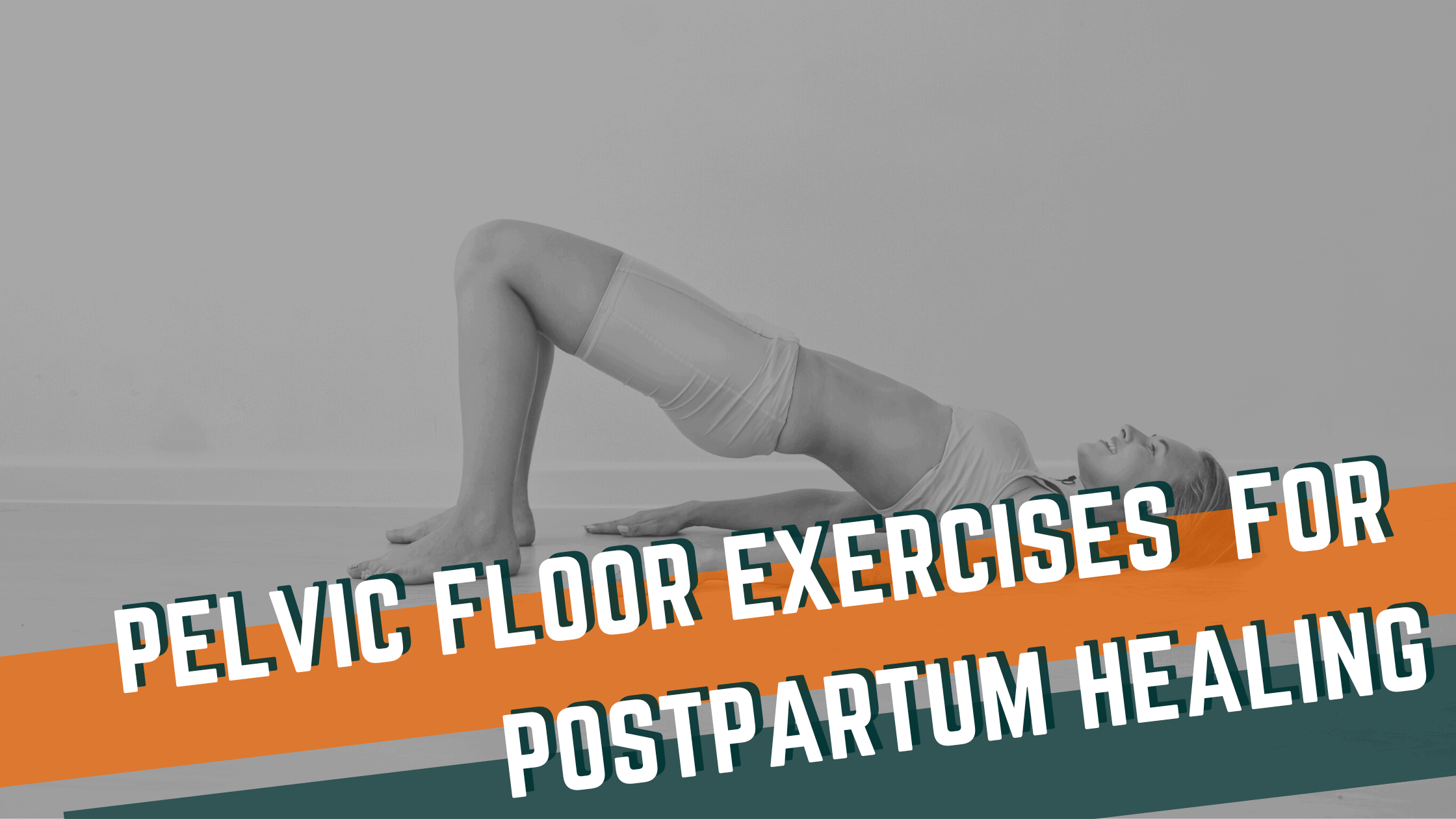
Preventing Back Pain in CrossFit: Key Considerations for Training Safely

